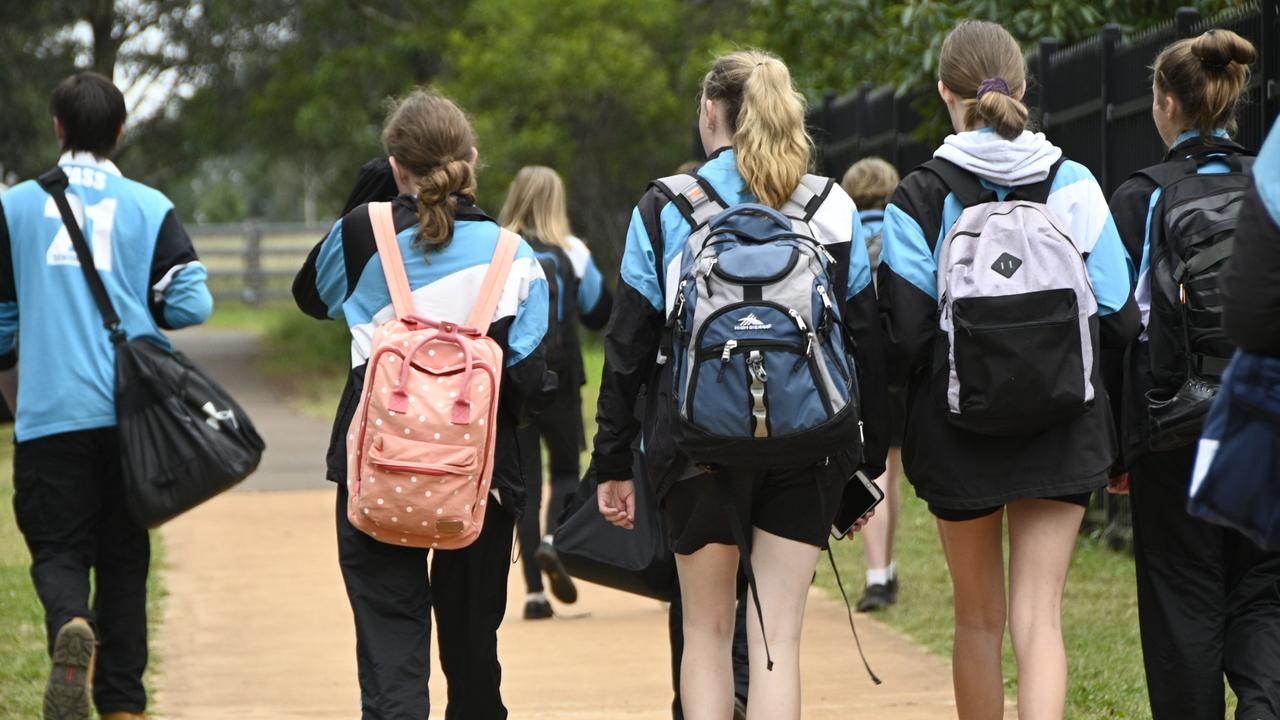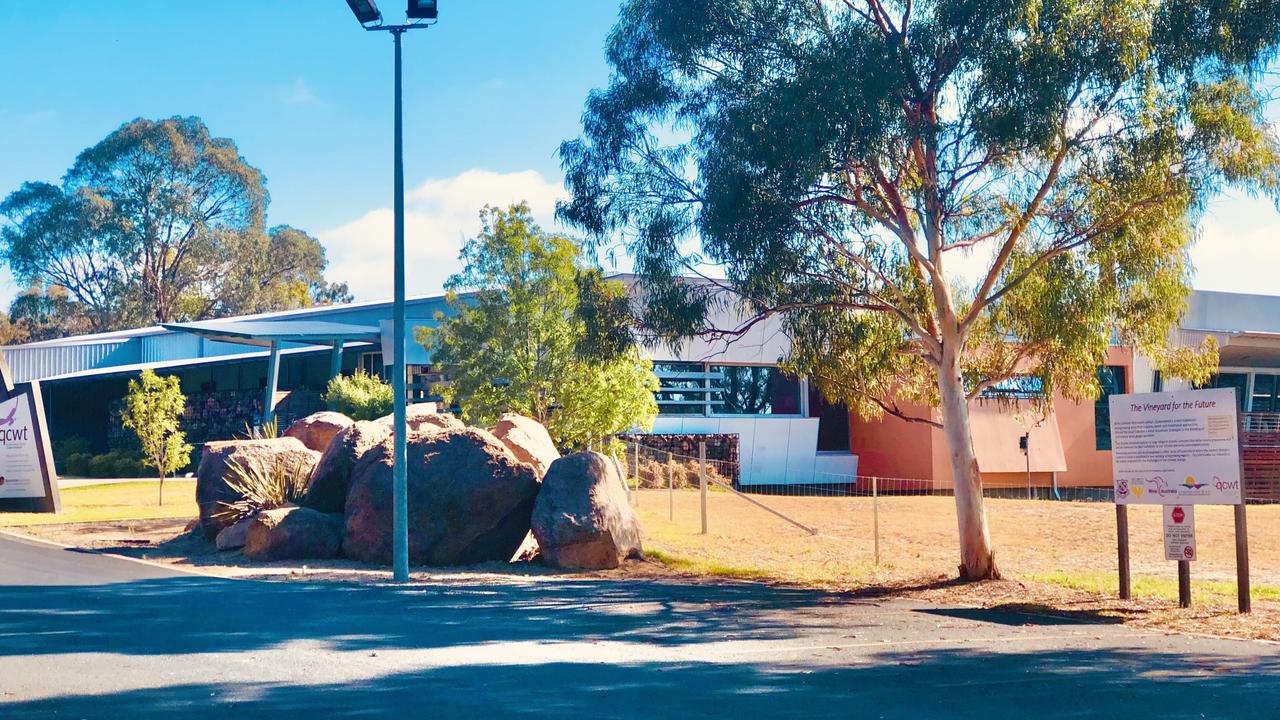Toowoomba region’s fastest-growing and shrinking schools revealed by new Department of Education data
New data has shown which Toowoomba public schools are attracting the most students and which ones are dropping enrolments. Check out the lists here.

Education
Don't miss out on the headlines from Education. Followed categories will be added to My News.
The Toowoomba region’s fastest-growing and shrinking schools have been revealed by new data from the Department of Education.
The statistics show the region’s public school population grew by eight per cent between 2016 and this year.
Highfields Secondary College experienced the fastest growth at 114 per cent, rising from 473 students five years ago to more than 1000.
According to a department spokeswoman, the school’s growth is in line with projects over the next five years.
“The Department of Education has invested more than $17 million at Highfields State Secondary College over the last five years,” her statement reads.
“It is forecast that the school enrolments will remain within the school’s current capacity over the next five years.”
Other strong performers included Harlaxton State School, which grew 63 per cent to 186 students, along with Wyreema State School which grew by 53 per cent to 161 students.
On the other end, Fairview Heights State School had a 25 per cent reduction in its student population over the same time period, dropping from 570 to 428.
Drayton State School also dropped by 25 per cent to 238 students.
FASTEST-GROWING SCHOOLS: 2021 (2016) percentage
Highfields Secondary College: 1011 (473) 114%
Harlaxton State School: 186 (114) 63%
Wyreema State School: 161 (105) 53%
Emu Creek State School: 312 (421) 48%
Back Plains State School: 232 (216) 44%
Toowoomba North State School: 218 (152) 43%
SHRINKING SCHOOLS:
Pittsworth State School: 293 (310) down 6%
Oakey State School: 301 (356) down 15%
Gabbinbar State School: 338 (407) down 17%
Drayton State School: 238 (316) down 25%
Fairview Heights State School: 428 (570) down 25%
Note: Schools with enrolments of less than 100 children were excluded







